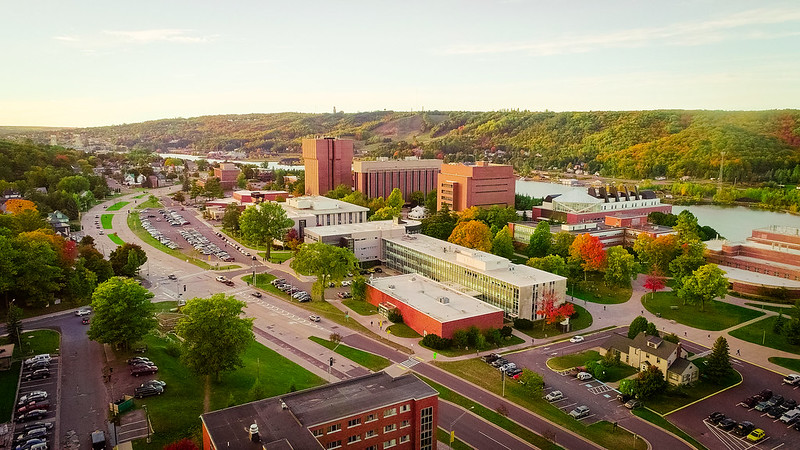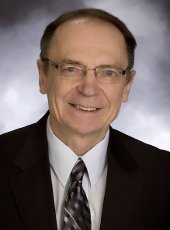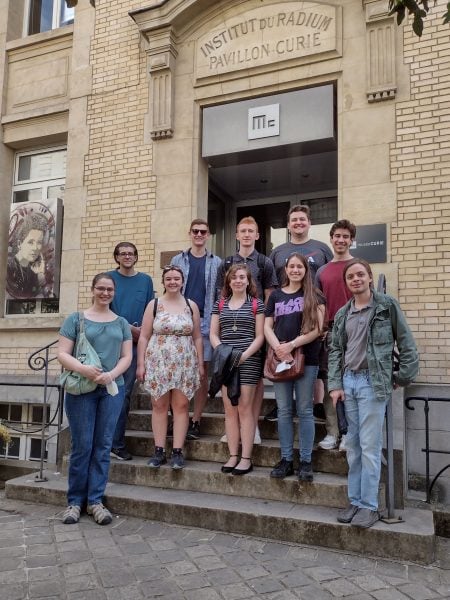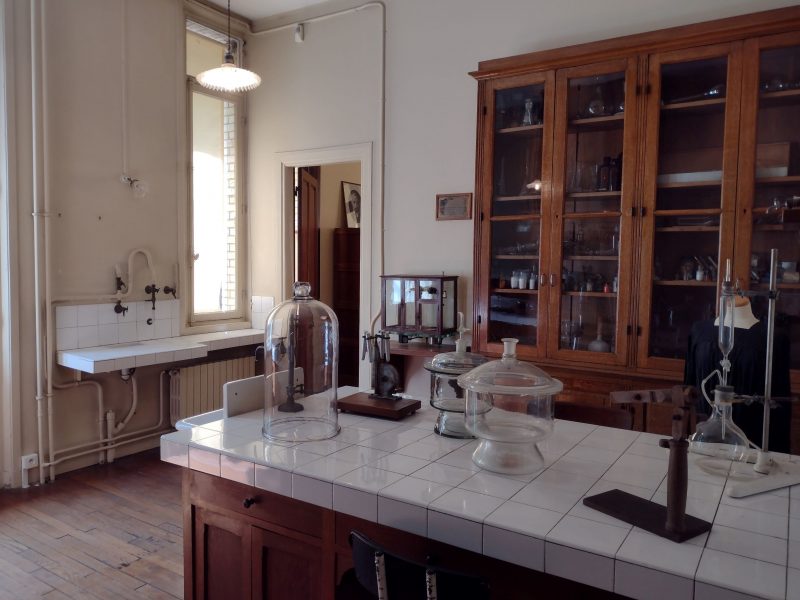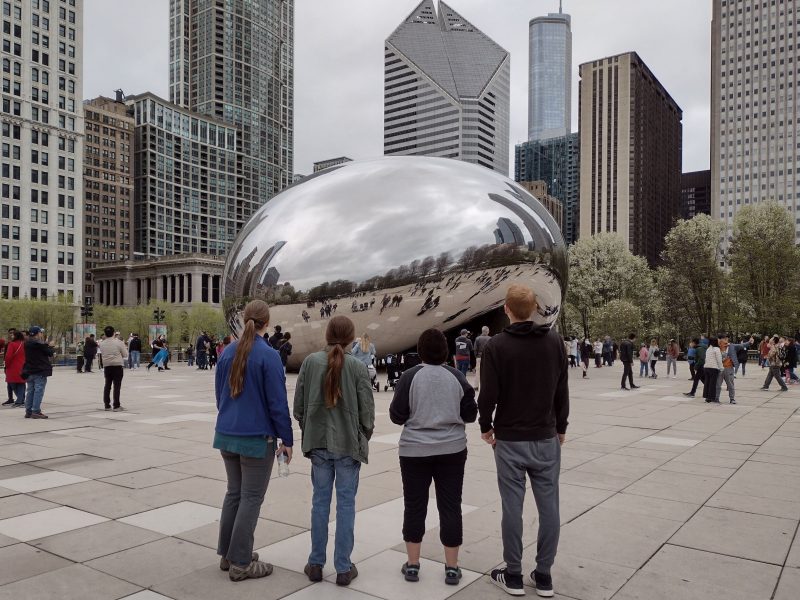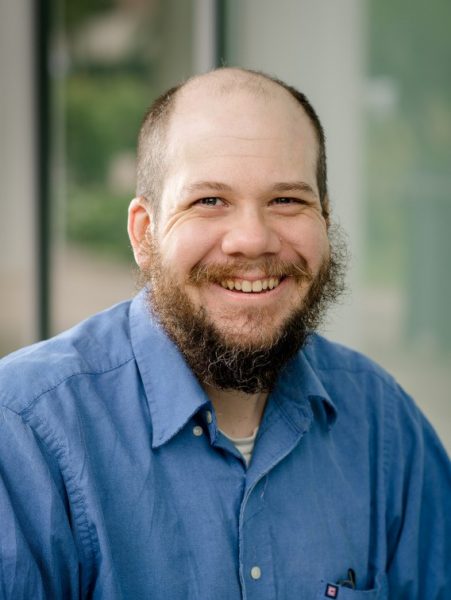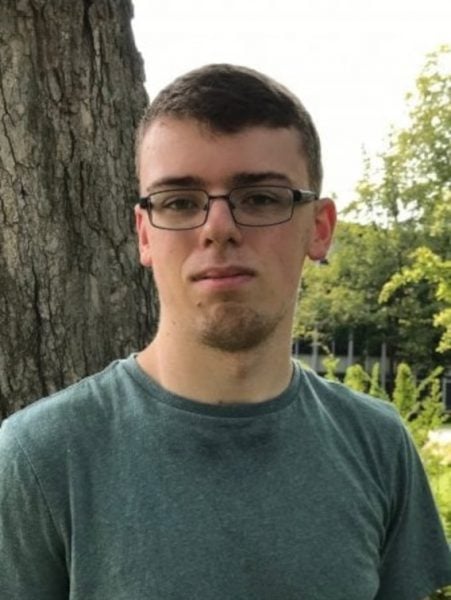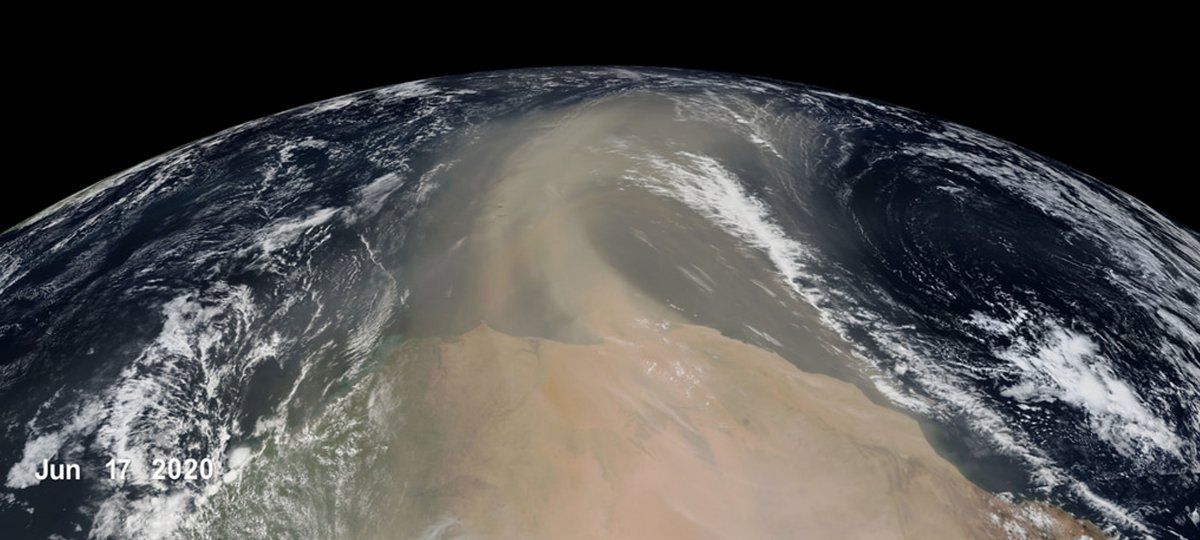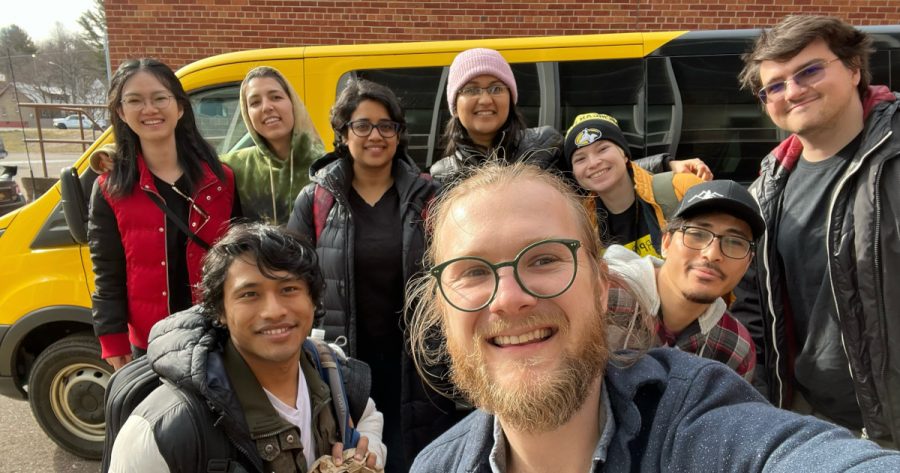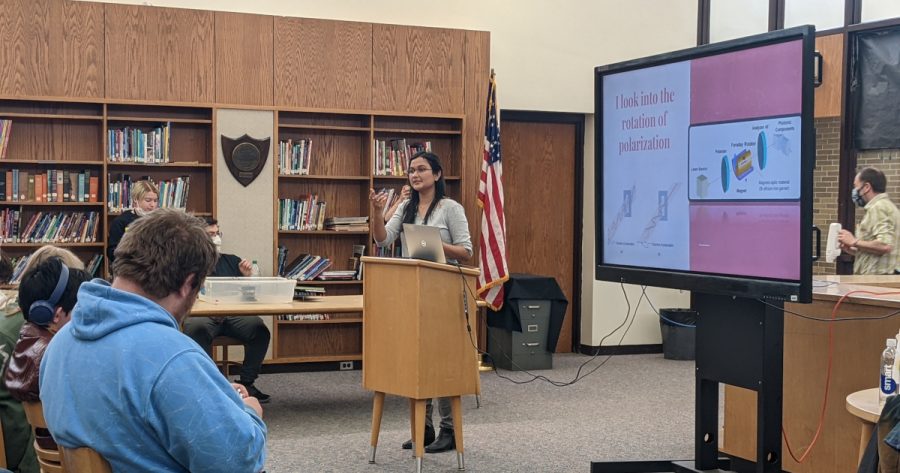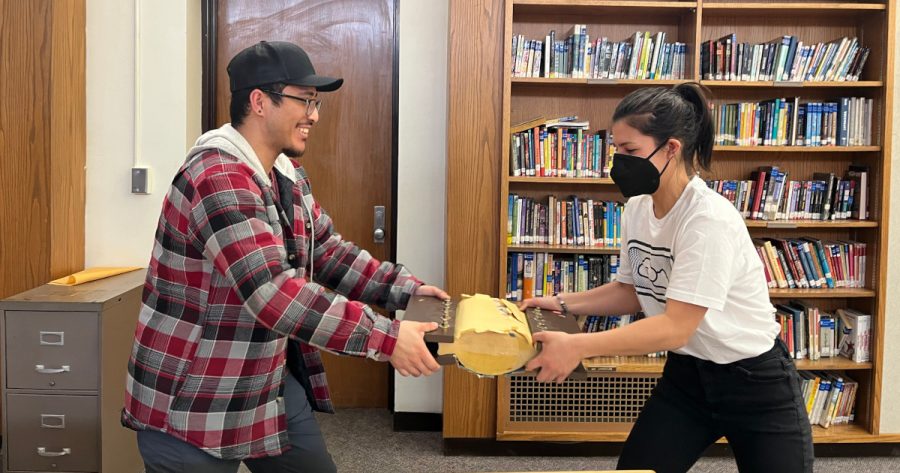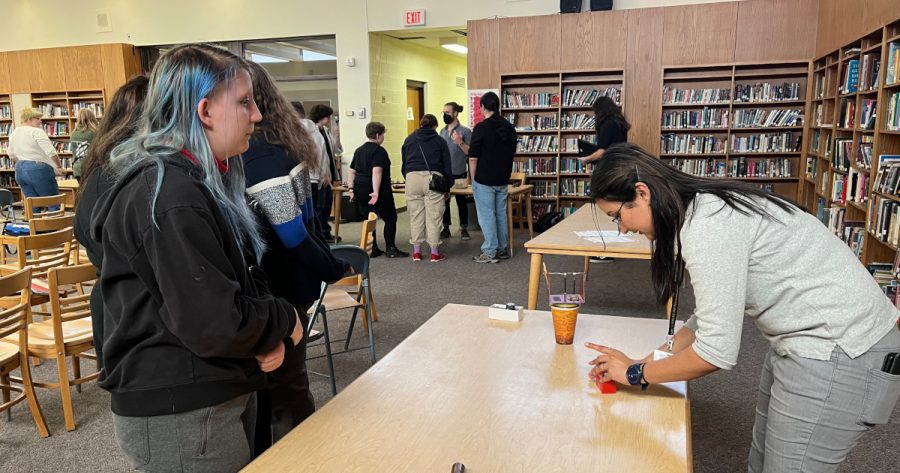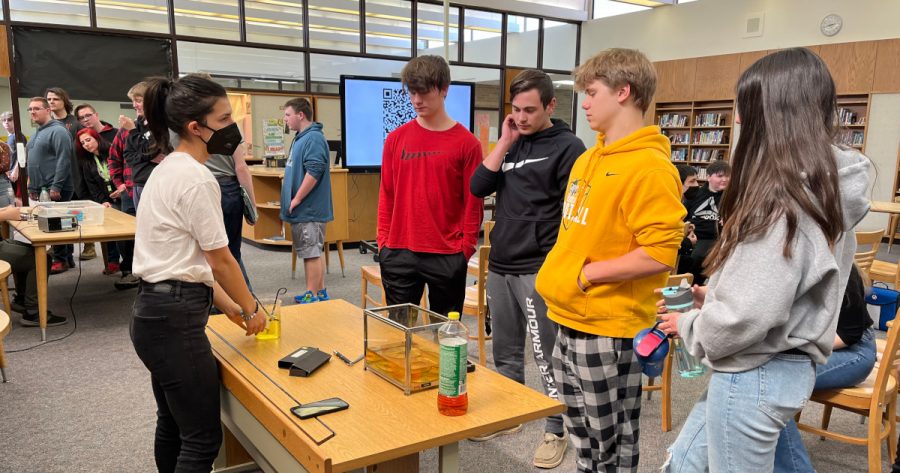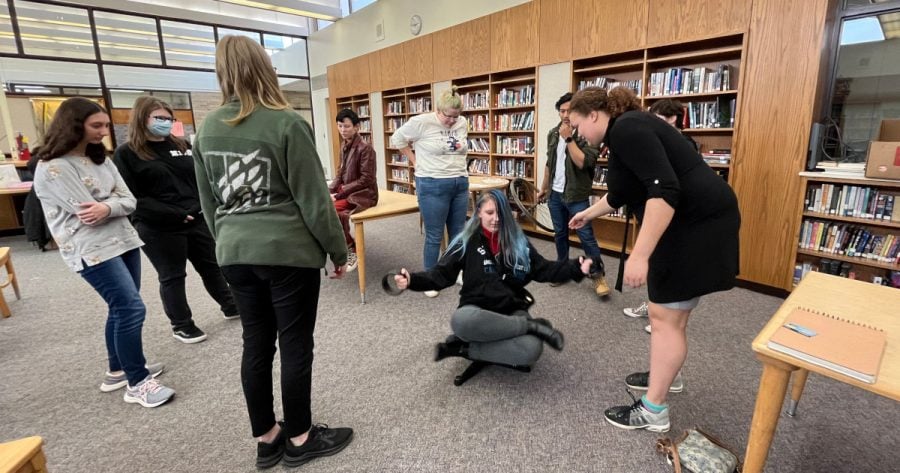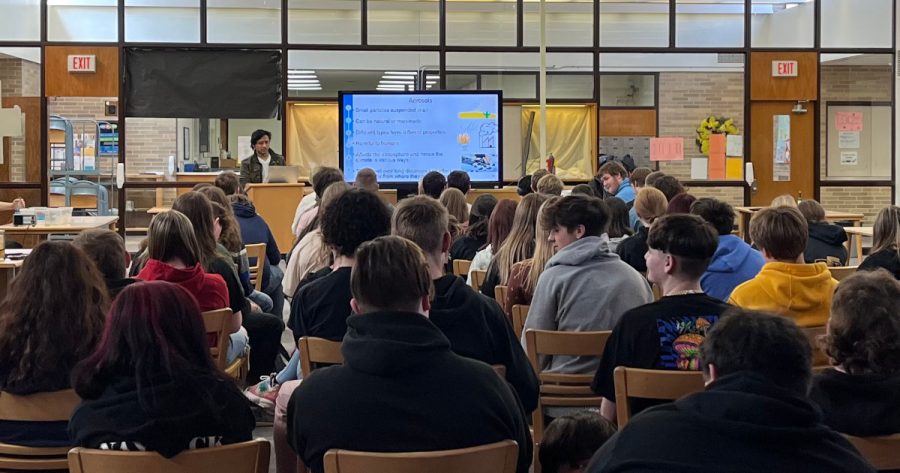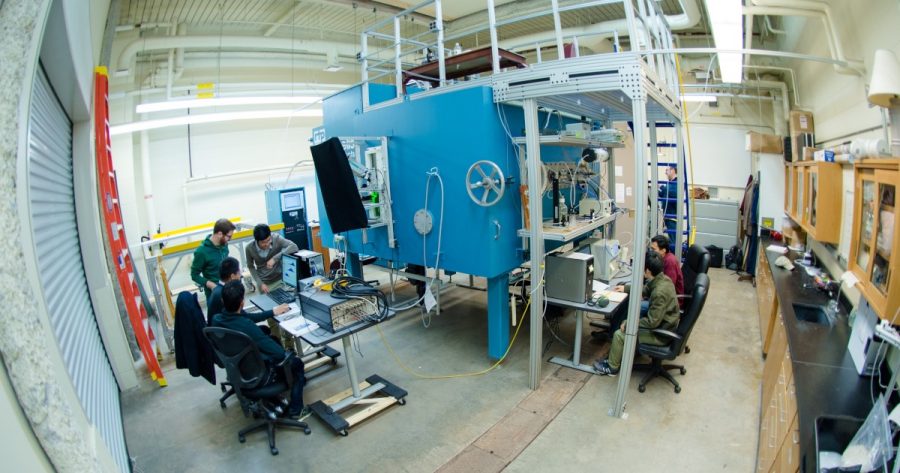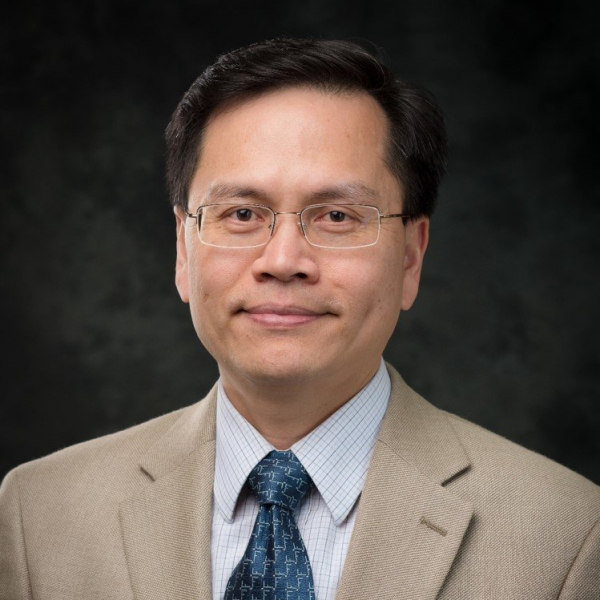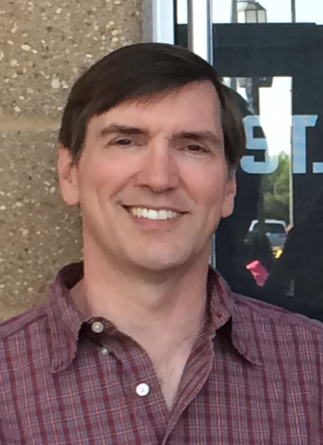This position has been filled, thank you for your interest.
Detailed information about research and educational programs in the department can be found at mtu.edu/physics. Information about open positions and the application process can be found at https://www.employment.mtu.edu/.
Current astrophysics research at Michigan Tech includes gamma-ray and cosmic-ray astrophysics, astroparticle physics, cosmology, large-scale structure, galaxy evolution, dark matter, and machine-learning applications in astrophysics. Michigan Tech physics faculty are actively involved in the cosmic-ray and gamma-ray experiments Auger and HAWC as well as in research & development for the SWGO project.
Michigan Tech attracts world-class faculty and staff who enrich the educational experience of smart, motivated, and adventurous students. Applicants who are committed to promoting a sense of belonging and contributing to an equitable and inclusive learning environment for all are strongly encouraged to apply (mtu.edu/diversity-inclusion/).
